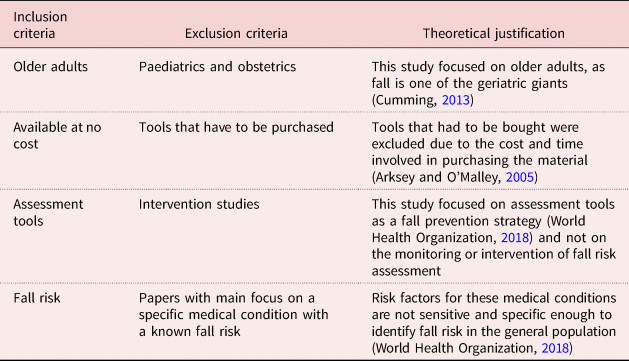Top Guidelines Of Dementia Fall Risk
Table of ContentsThe Only Guide for Dementia Fall Risk7 Easy Facts About Dementia Fall Risk ShownDementia Fall Risk - The FactsThe 10-Minute Rule for Dementia Fall Risk
A loss danger analysis checks to see how likely it is that you will certainly drop. It is mostly done for older grownups. The analysis usually consists of: This consists of a series of questions regarding your general wellness and if you have actually had previous falls or issues with equilibrium, standing, and/or strolling. These devices test your strength, balance, and gait (the method you stroll).Interventions are referrals that might lower your danger of falling. STEADI consists of 3 actions: you for your threat of dropping for your threat variables that can be improved to try to avoid falls (for instance, balance issues, damaged vision) to decrease your risk of dropping by using effective techniques (for instance, offering education and learning and resources), you may be asked a number of inquiries consisting of: Have you fallen in the previous year? Are you worried concerning falling?
You'll rest down once again. Your service provider will certainly inspect the length of time it takes you to do this. If it takes you 12 seconds or even more, it may indicate you are at greater threat for a fall. This examination checks stamina and balance. You'll being in a chair with your arms crossed over your breast.
The positions will certainly obtain more difficult as you go. Stand with your feet side-by-side. Relocate one foot midway forward, so the instep is touching the huge toe of your other foot. Relocate one foot totally before the other, so the toes are touching the heel of your various other foot.
The Single Strategy To Use For Dementia Fall Risk
A lot of falls occur as an outcome of several adding variables; therefore, handling the threat of dropping starts with identifying the variables that add to drop risk - Dementia Fall Risk. A few of one of the most pertinent risk factors consist of: History of prior fallsChronic clinical conditionsAcute illnessImpaired gait and equilibrium, reduced extremity weaknessCognitive impairmentChanges in visionCertain high-risk drugs and polypharmacyEnvironmental variables can likewise boost the risk for falls, including: Inadequate lightingUneven or harmed flooringWet or unsafe floorsMissing or harmed handrails and grab barsDamaged or improperly fitted equipment, such as beds, mobility devices, or walkersImproper usage of assistive devicesInadequate supervision of the individuals staying in the NF, consisting of those that show hostile behaviorsA successful loss danger administration program needs a comprehensive professional analysis, with input from all members of the interdisciplinary team

The care plan need to likewise consist of interventions that are system-based, such as those that advertise a risk-free atmosphere (appropriate lights, hand rails, grab bars, etc). The performance of the interventions should be evaluated occasionally, and the care strategy revised as required to reflect changes in the autumn threat assessment. Executing an autumn danger administration system using evidence-based best technique can minimize the frequency of falls in the NF, while restricting the possibility for fall-related injuries.
Little Known Facts About Dementia Fall Risk.
The AGS/BGS guideline recommends evaluating all grownups aged 65 years and older for loss danger annually. This screening contains asking clients whether they have actually fallen 2 or more times in the previous year or sought medical attention for a loss, or, if they have actually not dropped, whether they really feel unstable when strolling.
People who have actually dropped as soon as without injury ought to have their equilibrium and gait reviewed; those with stride or investigate this site equilibrium problems need to get additional analysis. A background of 1 fall without injury and without stride or equilibrium troubles does this link not require more evaluation beyond continued annual fall risk screening. Dementia Fall Risk. An autumn risk analysis is called for as part of the Welcome to Medicare assessment

What Does Dementia Fall Risk Mean?
Recording a drops history is one of the high quality indications for fall prevention and monitoring. copyright medications in particular are independent forecasters of falls.
Postural hypotension can commonly be relieved by minimizing the dose of blood pressurelowering medications and/or stopping drugs that have orthostatic hypotension as a side result. Usage of above-the-knee support hose and sleeping with the head of the bed raised may also decrease postural reductions in high blood pressure. The recommended components of a fall-focused checkup are displayed in Box 1.

A yank time above or equal to 12 seconds suggests high loss danger. The 30-Second Chair Stand examination analyzes reduced extremity stamina and equilibrium. Being incapable to stand from a chair of knee height without using one's arms indicates raised autumn risk. The 4-Stage Balance examination analyzes static balance by having the patient stand in 4 placements, each gradually much more challenging.